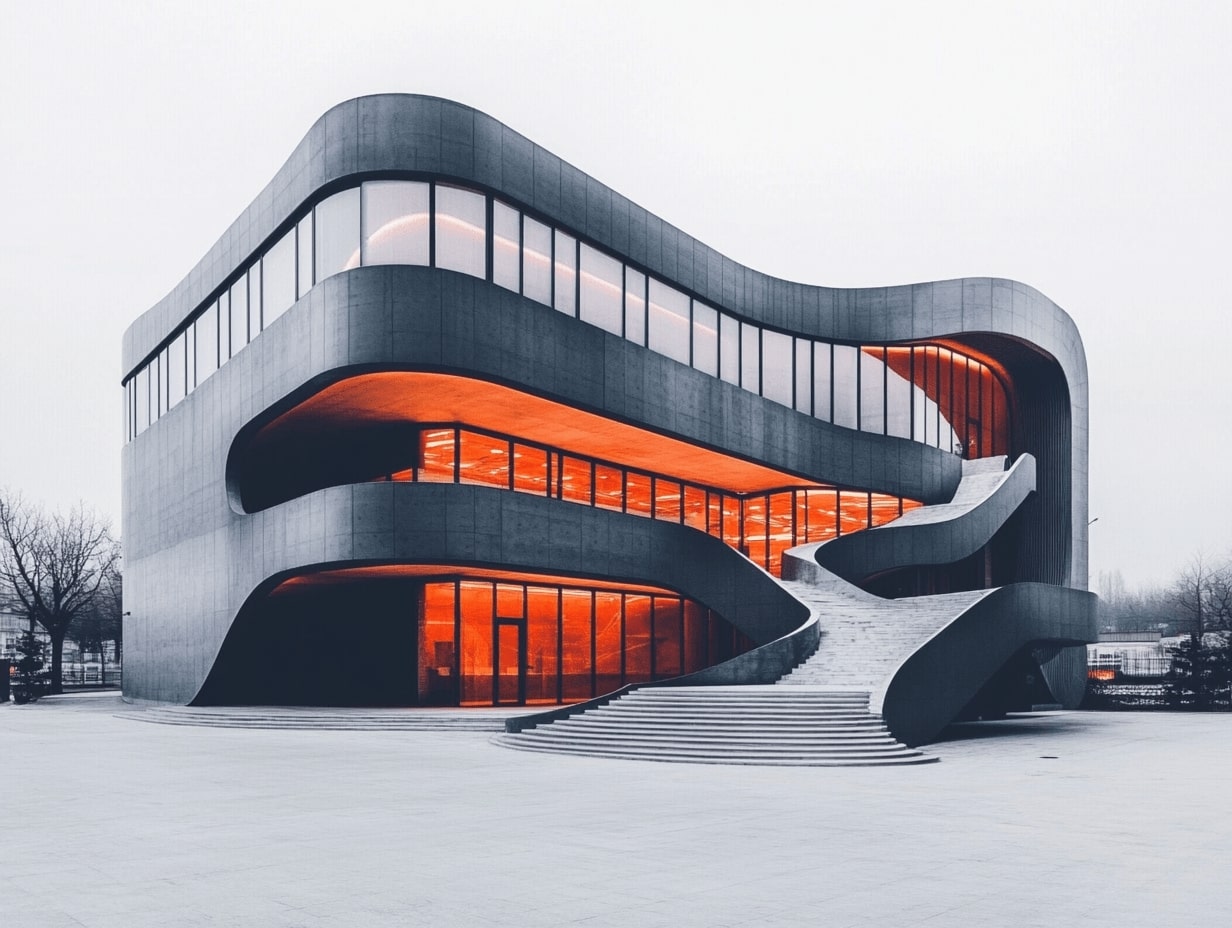- Home
- Articles
- Architectural Portfolio
- Architectral Presentation
- Inspirational Stories
- Architecture News
- Visualization
- BIM Industry
- Facade Design
- Parametric Design
- Career
- Landscape Architecture
- Construction
- Artificial Intelligence
- Sketching
- Design Softwares
- Diagrams
- Writing
- Architectural Tips
- Sustainability
- Courses
- Concept
- Technology
- History & Heritage
- Future of Architecture
- Guides & How-To
- Art & Culture
- Projects
- Interior Design
- Competitions
- Jobs
- Store
- Tools
- More
- Home
- Articles
- Architectural Portfolio
- Architectral Presentation
- Inspirational Stories
- Architecture News
- Visualization
- BIM Industry
- Facade Design
- Parametric Design
- Career
- Landscape Architecture
- Construction
- Artificial Intelligence
- Sketching
- Design Softwares
- Diagrams
- Writing
- Architectural Tips
- Sustainability
- Courses
- Concept
- Technology
- History & Heritage
- Future of Architecture
- Guides & How-To
- Art & Culture
- Projects
- Interior Design
- Competitions
- Jobs
- Store
- Tools
- More

The story of architectural proposals is, in many ways, the story of how architecture firms actually compete. It’s easy to imagine that firms win or lose based purely on their designs, their technical expertise, or their track record of successful projects. The reality, however, is more complex: architectural proposals are a distinct capability that exists at the intersection of design, business development, and communication.
This distinction matters more than ever in 2024. The tools available to architects have never been more powerful – from photorealistic rendering to immersive VR experiences to AI-assisted documentation. Yet these tools are also increasingly commoditized. Nearly every firm can produce stunning visualizations and detailed technical documentation. The differentiator is not in the production of these assets but in their deployment. To streamline the presentation of complex proposals, firms often turn to well-designed consulting PPT templates that balance technical depth with persuasive storytelling. Such resources can provide invaluable examples of how to structure content effectively, making a significant impact in competitive scenarios.
This creates an interesting dynamic: architecture firms invest enormous resources in developing their proposals – the actual content of their designs, documentation, and technical solutions. Yet many of these same firms treat the presentation of that content as an afterthought, as if great work should simply speak for itself. This is a costly mistake, but an understandable one given how architects are trained and how architectural practices develop.

Table of Contents
ToggleThe Audience Dynamic
What’s fascinating about architectural proposals is how the same content needs to be transformed for different audiences. Consider the spectrum:
- Letter proposals for existing clients who already know and trust your work
- Full RFP responses where you’re competing against numerous other firms
- Design competition presentations focused primarily on the architectural vision
- Developer pitches centered on feasibility and returns
- Public sector presentations emphasizing compliance and process
Each of these represents a fundamentally different competitive dynamic. With an existing client, the relationship provides context that lets you focus on implementation details. In contrast, competitive RFPs are essentially trust-building exercises where technical expertise is simply the price of admission.
The most stark example of this contrast is the difference between presenting to a selection committee of architects versus a corporate real estate executive. The architects will scrutinize your design process and technical choices precisely because they understand them. The executive, meanwhile, is looking at your presentation through the lens of risk management and ROI. It’s the same building being proposed, but the path to winning looks completely different.
The Psychology of Structure
The most successful architectural presentations understand something crucial about how decisions get made: humans process information in layers, moving from broad understanding to specific detail. This seems obvious, yet it runs counter to how many architects are trained to think about their work.
Consider how architecture is typically documented: you start with context and site plans, then move to floor plans, then elevations and sections, then details. This makes perfect sense for construction documentation, but it’s exactly backwards for presentation. The best presentations instead follow the natural arc of decision-making:
- They open with impact – not through manufactured drama, but by demonstrating deep understanding of what’s at stake
- They build context around the specific problem to be solved
- They present the core architectural moves as a coherent narrative
- They support that narrative with technical validation
- They close by connecting back to the initial stakes
This isn’t about hiding technical depth – rather, it’s about creating the context that makes that technical depth meaningful to the audience.
The Visual Reality
The rise of computational design has fundamentally changed how architectural presentations work. It’s no longer enough to have a few key renderings; clients now expect immersive experiences that let them understand the space before it exists. Yet this creates an interesting paradox: as visualization becomes more photorealistic, the need for abstraction actually increases.
This is because understanding architecture requires multiple ways of seeing. Photorealistic renders show what a space will look like, but diagrams and abstract representations explain why it works. The most effective presentations layer these different modes of representation, using each for what it does best.
The same dynamic applies to the presentation artifacts themselves. Construction documents and presentation boards may show the same building, but they serve completely different purposes. The former needs to be comprehensive; the latter needs to be persuasive. This isn’t about removing detail, but about controlling how that detail is revealed.
The Human Element
Perhaps the most interesting aspect of architectural presentations is how they sit at the intersection of technical expertise and human performance. The same architect who can spend hours perfecting a detail may struggle to maintain eye contact while presenting it. This isn’t a personal failing – it’s a natural tension between the deep focus required for design and the presence required for presentation.
The firms that consistently win work have figured out how to manage this tension. They understand that presentation is not simply an add-on to technical expertise, but a fundamental part of how that expertise creates value. This shows up in everything from how they structure their pitch teams to how they approach client meetings.

The Future of Competition
The evolution of architectural presentation mirrors larger shifts in how professional services are bought and sold. In the early days of architecture as a profession, work was won largely through personal relationships and reputation. Then came the era of credentials and technical differentiation, where firms could win based on their demonstrated expertise in specific building types or technical challenges.
Today we’re in a different world entirely. The commoditization of design tools means that technical capability, while still essential, is increasingly table stakes. What’s fascinating is how this has elevated the importance of proposal presentation: it’s not just about communicating your solution, but about demonstrating how you think about problems.
This is particularly evident in how the most successful architecture firms approach their presentations. Rather than treating them as mere vehicles for conveying information, they view presentations as products in their own right – ones that need to be designed with the same rigor as the buildings they propose. This isn’t about superficial polish, but about the deep integration of story, visualization, and technical detail that characterizes the best architectural work.
There are interesting parallels here to what happened in software development: as coding tools became more accessible and powerful, the differentiator shifted from pure technical capability to user experience and interface design. Similarly, as architectural tools democratize access to sophisticated visualization and documentation capabilities, the ability to effectively present and contextualize those capabilities becomes increasingly critical.
This suggests that the future of architectural competition may be less about who can design the best building – though that remains foundational – and more about who can most effectively guide clients through increasingly complex decision-making processes. The firms that understand this shift aren’t just changing how they present; they’re fundamentally rethinking what it means to compete in modern architecture.
illustrarch is your daily dose of architecture. Leading community designed for all lovers of illustration and #drawing.
Submit your architectural projects
Follow these steps for submission your project. Submission FormLatest Posts
10 Interesting Facts About Zaha Hadid
Zaha Hadid was a visionary architect whose fluid forms, bold experimentation, and...
Online 3D Terrain Mapping Tools for Urban and Landscape Design in 2025
A curated guide to the best online 3D terrain mapping tools in...
Common Emergency Repairs Every Homeowner Should Be Ready For
For most of us, when something goes wrong, we have a propensity...
Designing, Retrofitting, and Valuing Non-Standard Homes in Britain
Britain’s housing stock carries a quiet contradiction. From the street, many homes...












Leave a comment